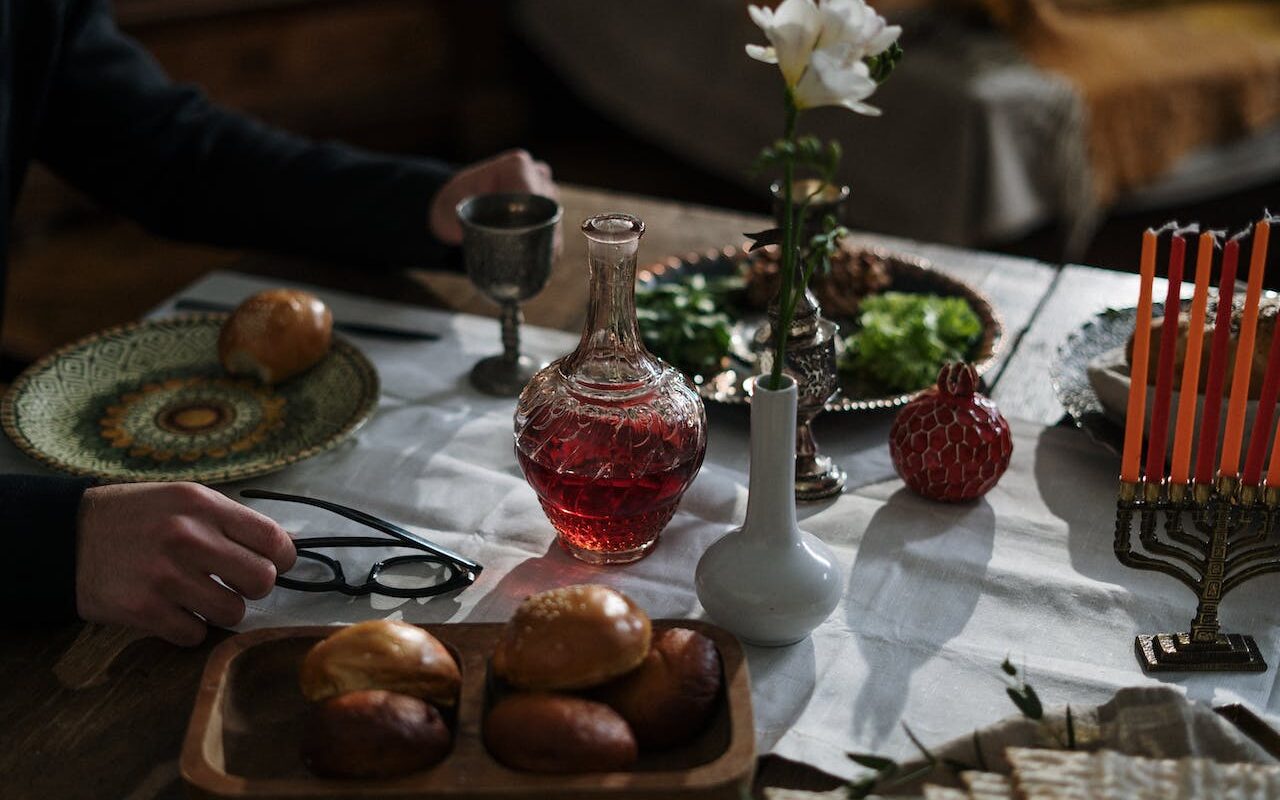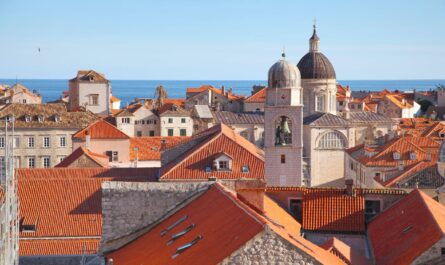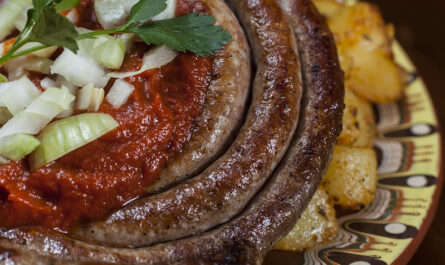Embark on a tantalizing culinary journey through the heart of the Balkans, where centuries of history have woven a rich tapestry of flavors, spices, and culinary traditions. While the sizzling aroma of cevapi may be the initial draw, this region’s gastronomic offerings extend far beyond. Join us as we delve into the intricacies of Balkan cuisine, exploring diverse influences, regional specialties, and the cultural significance that makes each bite a celebration.
The Star: Cevapi
Our journey begins with the undeniable star of Balkan grills – cevapi. These small, finger-sized sausages burst with a perfect blend of minced meats, typically a mixture of beef and lamb, seasoned with a medley of spices. Grilled to perfection, cevapi is commonly served with somun, a soft and airy Balkan flatbread. Accompanied by finely chopped onions and a dollop of kajmak, a creamy dairy product, cevapi embodies the soul-warming comfort that Balkan cuisine is known for.
Diverse Influences
To truly appreciate Balkan cuisine, one must understand the amalgamation of influences that have shaped it over the centuries. The Ottoman Empire left its mark with ingredients like spices, coffee, and dishes such as sogan-dolma, while Mediterranean influences bring forth fresh seafood and olive oil. Slavic traditions contribute hearty stews and robust flavors, creating a culinary mosaic that reflects the region’s complex history.
Beyond Cevapi: Culinary Wonders
- Burek
As we venture beyond cevapi, we encounter burek, a flaky pastry that showcases the diverse creativity of Balkan kitchens. Layers of thin dough envelope fillings like cheese, minced meat, or spinach. This savory delight is a staple at breakfast tables, street food vendors, and family gatherings alike. - Ajvar
No exploration of Balkan cuisine is complete without savoring ajvar. This robust pepper-based condiment, created from roasted red peppers, garlic, and eggplant, adds depth to a variety of dishes. Whether spread on warm bread or used as a flavorful accompaniment to grilled meats, ajvar is a true Balkan delight. - Sogan-dolma
Originating from Bosnia, sogan-dolma elevates the humble onion to new heights. Onions are stuffed with a mixture of minced meat, rice, and aromatic spices, creating a dish that exemplifies the art of slow-cooking and the region’s commitment to harmonious flavors. - Pasticada
Croatia introduces us to pasticada, a slow-cooked beef dish marinated in a sauce of wine and vinegar. This hearty meal, often paired with gnocchi or pasta, exemplifies the Mediterranean influence on Balkan cooking, combining simplicity with an explosion of flavors. - Rakija
As we conclude our culinary odyssey, we can’t ignore rakija, the fiery fruit brandy that punctuates Balkan celebrations. Crafted from various fruits, this potent spirit serves as a testament to Balkan hospitality, whether sipped as an aperitif or incorporated into cooking for an extra layer of complexity.
Exploring the Uncharted: More Culinary Marvels
- Paprikash
Originating from Hungary but embraced throughout the Balkans, paprikash is a flavorful stew featuring meat (often chicken or pork), bell peppers, and a generous dose of paprika. Served over noodles or rice, it’s a comforting dish that showcases the region’s love for robust flavors. - Begova Corba
Translating to “Bey’s soup,” this Bosnian specialty is a hearty combination of okra, chicken, and various vegetables, creating a soul-soothing soup that speaks to the region’s diverse agricultural bounty. - Gibanica
A layered pastry dish that reflects the influence of Ottoman cuisine, gibanica combines thin sheets of dough with cheese, eggs, and sometimes spinach. This baked marvel is often enjoyed during festive occasions and family gatherings. - Gyuvech
Originating from Bulgaria, gyuvech is a hearty stew that reflects the agricultural abundance of the region. This slow-cooked dish combines various vegetables, such as bell peppers, tomatoes, and eggplant, with meat (often pork or lamb). Seasoned with aromatic herbs and spices, gyuvech is traditionally baked in a clay pot, allowing the flavors to meld and intensify. - Moussaka
A beloved dish found in many Balkan countries, moussaka is a layered casserole that typically includes eggplant, minced meat (commonly lamb or beef), tomatoes, and a creamy béchamel sauce. Each layer contributes to the complexity of flavors, creating a satisfying and comforting dish that varies in preparation across the Balkans. - Pita
Pita, not to be confused with the Middle Eastern flatbread of the same name, is a Balkan pastry dish that comes in sweet and savory variations. Savory pita often features layers of thin dough filled with a mixture of cheese, eggs, and sometimes meat, while sweet pita incorporates ingredients like pumpkin, apples, or nuts, creating a delightful dessert. - Kiselo Mlyako (Yogurt)
Yogurt holds a special place in Balkan cuisine, with kiselo mlyako being a staple. This thick, tangy yogurt is often served as a side dish or used as an ingredient in various sauces and dips. One popular dish is tarator, a refreshing cold soup made with yogurt, cucumbers, garlic, and dill, perfect for hot summer days. - Janjetina (Roast Lamb)
A dish often associated with festive occasions, janjetina is a succulent roast lamb, typically cooked on a spit or slow-roasted in an oven. Seasoned with garlic, rosemary, and other herbs, this dish captures the essence of celebratory feasts and communal gatherings in the Balkans. - Tavče Gravče
Hailing from North Macedonia, tavče gravče is a traditional bean dish that has become a symbol of the country’s cuisine. Prepared with fresh or dried beans, tavče gravče is slow-cooked with tomatoes, peppers, and various spices, creating a flavorful and hearty vegetarian option. - Japrak
Japrak, or dolma as it’s known in other regions, consists of grape leaves stuffed with a mixture of minced meat, rice, and herbs. This dish showcases the influence of Ottoman cuisine and is often served with a dollop of yogurt on the side.
Conclusion
Balkan cuisine invites you to experience more than just a meal; it beckons you to partake in a celebration of history, culture, and tradition. While cevapi may be the gateway, the vast array of dishes waiting to be discovered will leave you enchanted. Each bite tells a story of cultural heritage and shared traditions, inviting you to savor the unique flavors of this fascinating part of the world. So, set aside your culinary expectations and embark on a gastronomic adventure where each dish tells a story, and every flavor is a testament to the rich heritage of the Balkans.




